Market Growth Projections
The Global Polymer Chameleons Market Industry is projected to experience substantial growth over the coming years. With an anticipated market size of 10.6 USD Billion in 2024, the industry is set to expand significantly, reaching an estimated 38.0 USD Billion by 2035. This growth trajectory, characterized by a compound annual growth rate of 12.3% from 2025 to 2035, reflects the increasing adoption of polymer chameleons across various sectors. The market's expansion is driven by technological advancements, rising consumer demand for smart materials, and a growing emphasis on sustainability, indicating a robust future for the industry.
Growing Environmental Awareness
Growing environmental awareness among consumers and industries contributes to the expansion of the Global Polymer Chameleons Market Industry. As sustainability becomes a priority, there is an increasing demand for eco-friendly materials that minimize environmental impact. Polymer chameleons, often designed to be more sustainable than traditional materials, align with this trend by offering alternatives that reduce waste and energy consumption. This shift towards greener solutions is likely to drive market growth, as companies seek to enhance their sustainability profiles and meet regulatory requirements. The emphasis on environmental responsibility is reshaping product development and consumer choices.
Rising Demand for Smart Materials
The Global Polymer Chameleons Market Industry experiences a surge in demand for smart materials, driven by advancements in technology and consumer preferences for innovative products. These materials, which can change color or properties in response to environmental stimuli, find applications in various sectors, including automotive, textiles, and electronics. As industries increasingly adopt these materials, the market is projected to reach 10.6 USD Billion in 2024, reflecting a growing recognition of the benefits of polymer chameleons. This trend indicates a shift towards more sustainable and adaptive materials, potentially enhancing product functionality and aesthetic appeal.
Diverse Applications Across Industries
The Global Polymer Chameleons Market Industry benefits from diverse applications across various sectors, including automotive, healthcare, and consumer goods. The versatility of polymer chameleons allows for their integration into products ranging from color-changing textiles to smart packaging solutions. This broad applicability enhances market potential, as different industries recognize the advantages of using responsive materials. As demand for innovative and functional products rises, the market is poised for growth, driven by the need for materials that can adapt to changing conditions and consumer preferences. This diversity in applications is a key factor in the industry's expansion.
Technological Advancements in Polymer Science
Technological advancements in polymer science significantly influence the Global Polymer Chameleons Market Industry. Innovations in synthesis and processing techniques enable the development of more efficient and versatile polymer chameleons. These advancements facilitate the creation of materials with enhanced responsiveness and durability, catering to diverse applications. As a result, the market is expected to grow at a compound annual growth rate of 12.3% from 2025 to 2035, potentially reaching 38.0 USD Billion by 2035. This growth underscores the importance of continuous research and development in driving market expansion and meeting evolving consumer demands.
Increased Investment in Research and Development
Increased investment in research and development plays a crucial role in the Global Polymer Chameleons Market Industry. Governments and private entities are allocating substantial resources to explore new applications and improve existing technologies related to polymer chameleons. This investment not only fosters innovation but also enhances the competitiveness of the industry on a global scale. As a result, the market is likely to witness significant growth, driven by the introduction of novel products and solutions that meet the needs of various sectors. This trend indicates a robust commitment to advancing polymer technology and expanding its applications.
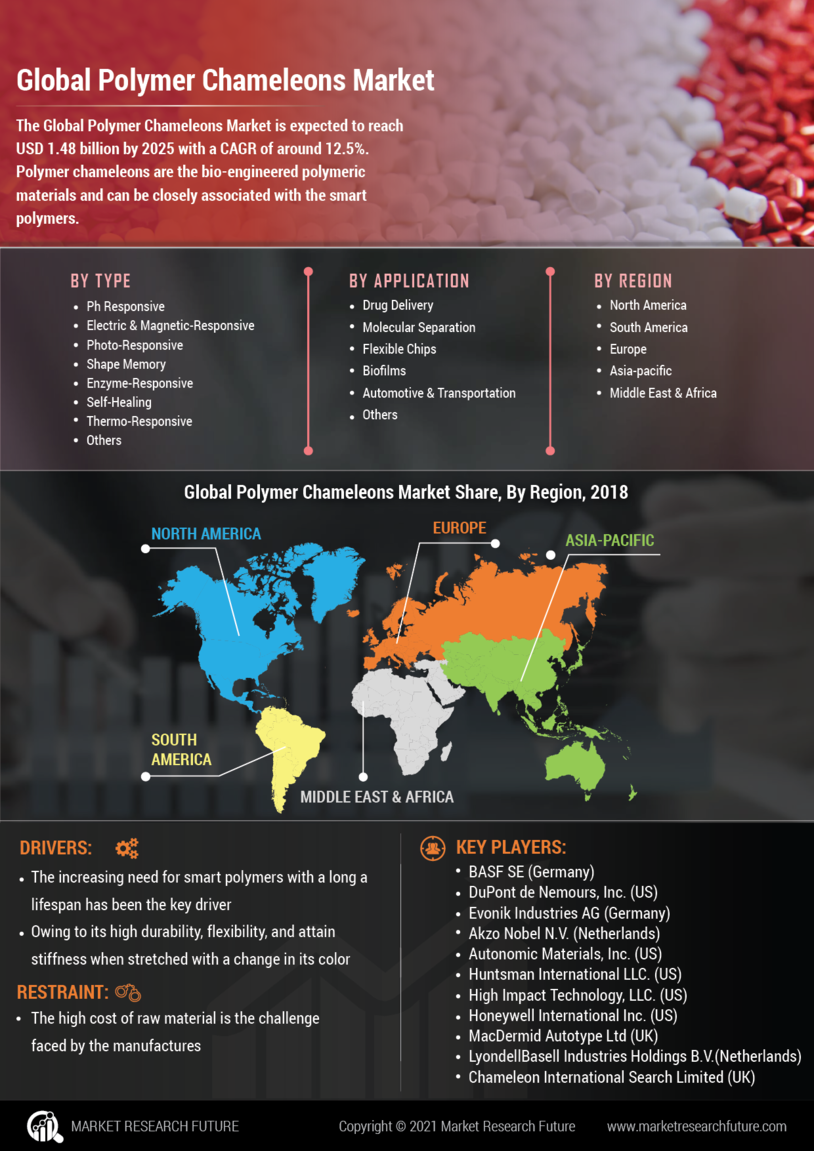


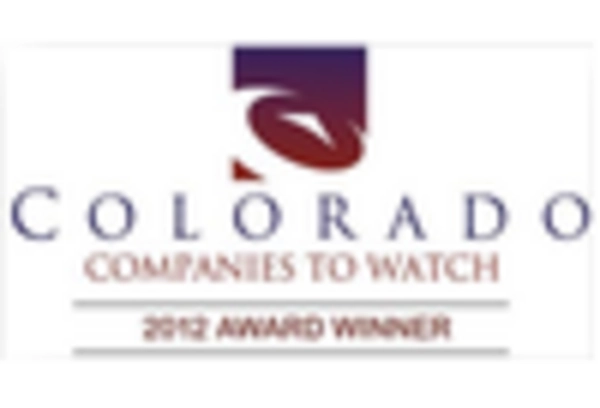

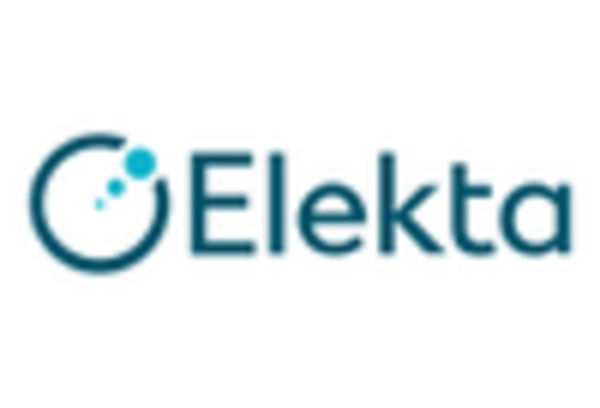
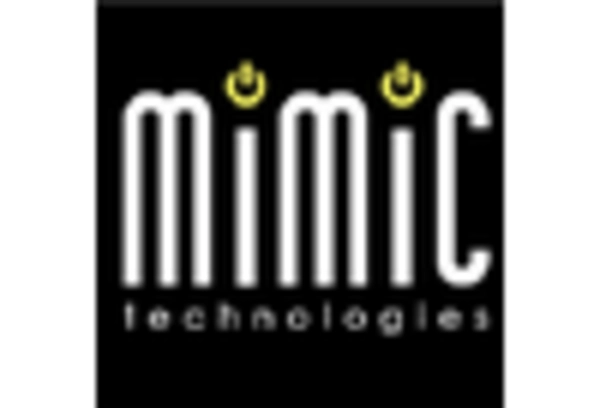
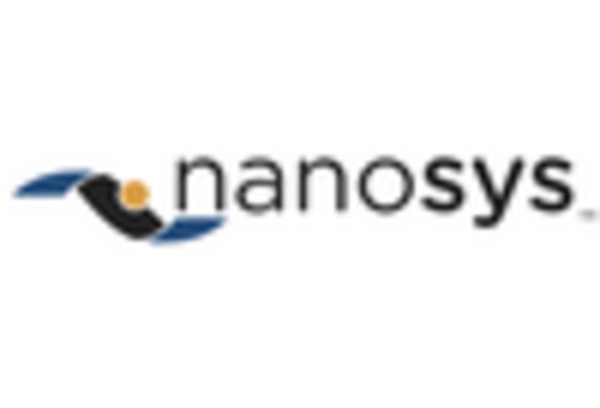
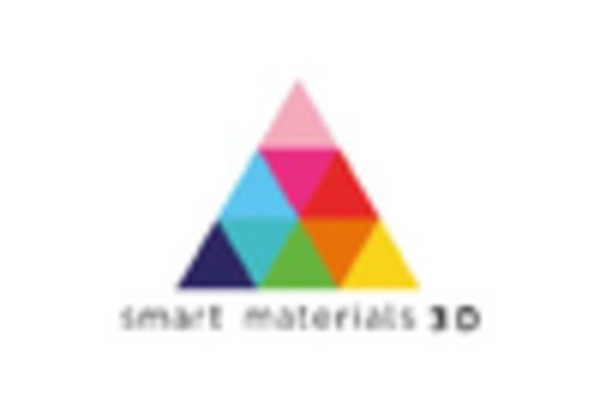








Leave a Comment